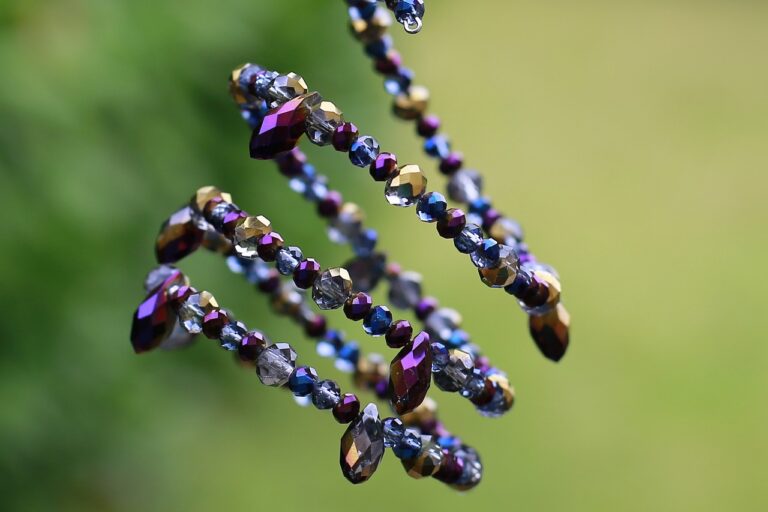Fashion and Eco-Friendly Footwear: Designing Sustainable Shoes with Recycled Materials
Sustainable footwear design focuses on using materials that minimize environmental impact throughout the production process. One key material often used in sustainable shoe design is recycled rubber, obtained from old tires and other rubber products. This not only reduces waste but also gives shoes a unique look and feel. Additionally, organic cotton and hemp are popular choices for sustainable footwear as they are biodegradable and require fewer pesticides to grow, making them eco-friendly options for shoe materials.
Furthermore, sustainable shoe designers also frequently opt for materials like cork and recycled plastics, which provide durability and flexibility while decreasing the reliance on virgin resources. By incorporating these sustainable materials into their designs, shoe manufacturers can create products that not only look stylish but also contribute to a healthier planet. Overall, the careful selection of materials plays a crucial role in achieving sustainability in footwear design.
Benefits of Using Recycled Materials in Shoe Making
Using recycled materials in shoe making offers a plethora of environmental benefits. By repurposing materials that would otherwise end up in landfills, the amount of waste generated is significantly reduced. This helps to minimize the environmental impact and supports the move towards a more sustainable future in the fashion industry.
Furthermore, incorporating recycled materials into shoe production often results in a reduction of energy consumption and carbon emissions. The process of creating new materials from scratch can be energy-intensive and contribute to greenhouse gas emissions. By utilizing recycled materials, the need for energy-intensive manufacturing processes is decreased, leading to a more eco-friendly and sustainable approach to shoe making.
Innovative Techniques for Creating Eco-Friendly Shoes
Eco-friendly shoes are increasingly popular with consumers who are mindful of their environmental impact. One innovative technique in creating such shoes involves using 3D printing technology. This method allows for precise, customized designs to be created with minimal waste, making it a sustainable option for footwear production.
Another creative approach is utilizing vegan leather made from plant-based materials like pineapple leaves or mushrooms. Not only does this alternative offer a cruelty-free option for shoe production, but it also reduces the reliance on traditional leather, which has significant environmental consequences. By exploring new materials and methods, designers can continue to push the boundaries of eco-friendly footwear production.
• 3D printing technology allows for precise, customized designs with minimal waste
• Sustainable option for footwear production
• Vegan leather made from plant-based materials like pineapple leaves or mushrooms
• Cruelty-free alternative to traditional leather
• Reduces environmental impact by using innovative materials
• Pushing boundaries of eco-friendly footwear production through new methods and materials
What materials are commonly used in sustainable footwear design?
Sustainable footwear design often utilizes materials such as recycled rubber, organic cotton, hemp, bamboo, and cork.
What are the benefits of using recycled materials in shoe making?
Using recycled materials in shoe making helps reduce waste, conserve natural resources, and decrease the carbon footprint of the manufacturing process.
Can you provide examples of innovative techniques for creating eco-friendly shoes?
Some innovative techniques for creating eco-friendly shoes include 3D printing using biodegradable materials, upcycling old sneakers into new designs, and utilizing water-based adhesives instead of toxic ones.







